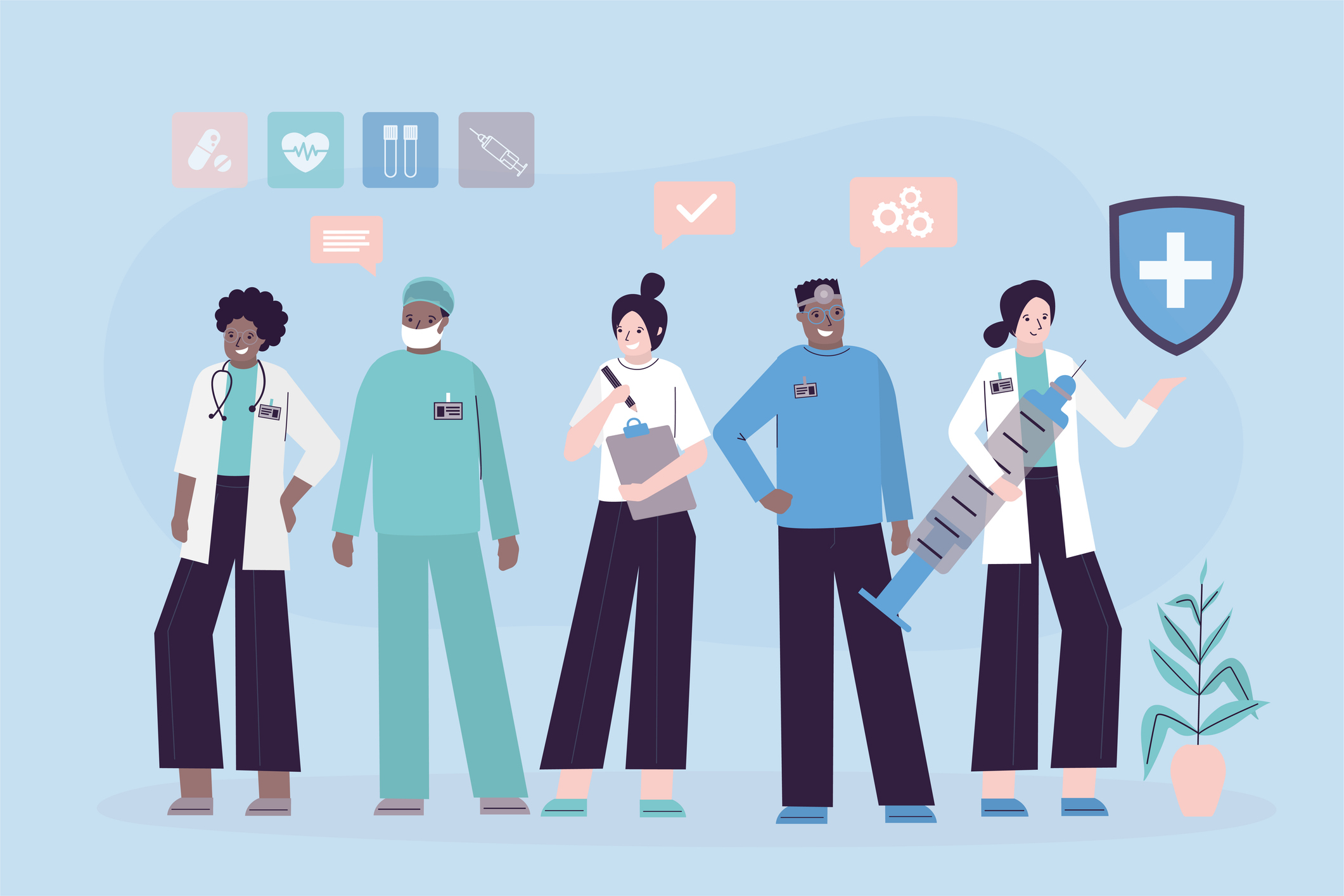Source: syracuse.com
A Letter to the Editor:
As a proud resident of Syracuse and a medical school student with aspirations of becoming a pediatrician, I have seen firsthand how crucial it is to have a diverse physician workforce. My journey to medical school has been deeply influenced by my experiences, starting with my childhood in a low-income neighborhood in the Bronx, where I faced significant financial challenges. I knew from a young age that I wanted to be a doctor, especially after witnessing the care healthcare professionals provided to my family during a difficult health crisis. But, like many students from backgrounds like mine, I also knew that the path to medicine would be steep, both in terms of cost and access.
It was only through the incredible support of programs like the Public Health Scholars Program at SUNY Upstate Medical University, part of the Associated Medical Schools of New York (AMSNY) Diversity in Medicine initiative, that I have been able to take meaningful steps toward realizing my dream. This state-funded opportunity program has provided me with a clear path forward, offering the academic preparation, community support and financial assistance I needed to succeed. Without this help, the barriers would have been much more difficult to overcome.
Through the Public Health Scholars Program, I not only received the tools and knowledge to excel in public health but also gained a supportive network of peers and mentors. I was fortunate to be awarded the AMSNY Diversity in Medicine Scholarship, which will help pay for my medical school tuition. This financial support has eased a major burden and brought me closer to becoming a physician who can give back to my community.
New York state’s commitment to diversifying the physician workforce is not just about helping students like me succeed — it’s about improving healthcare for everyone. Research has consistently shown that when patients are cared for by physicians with shared backgrounds and shared languages, it fosters greater trust and communication. This, in turn, leads to improved access to care, better adherence to clinical recommendations, and more consistent treatment and follow-up care. These factors are critical in closing the gaps in health disparities that disproportionately affect underrepresented communities.
As I progress through medical school, I am deeply motivated by the goal of serving medically underserved populations, particularly those who have faced significant barriers to accessing quality healthcare. I have seen the gap in healthcare access and the urgent need for physicians who truly understand the communities they serve.
Thanks to Gov. Kathy Hochul, the New York State Assembly and the Senate’s continued support of the AMSNY Diversity in Medicine Program, our state is cultivating a generation of physicians who reflect the diversity of our great state, and who are equipped to tackle the health inequities that persist today. This year, I stand with nearly 950 other students across the state who are participating in pathway programs thanks to the state’s investment. This represents more students than ever before, and we need it: Our state is increasingly diverse but opportunities for too many students to become doctors remain limited.
By supporting programs like the one I participated in, our state leaders are not only investing in the futures of aspiring doctors but also in the health and well-being of New Yorkers across the state.
Doris Obimba


